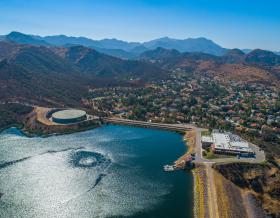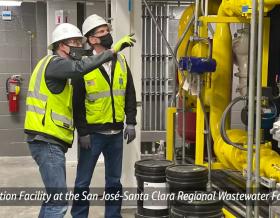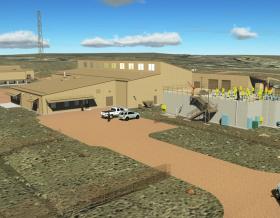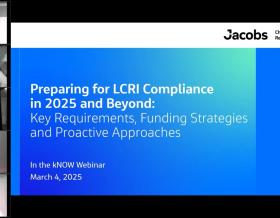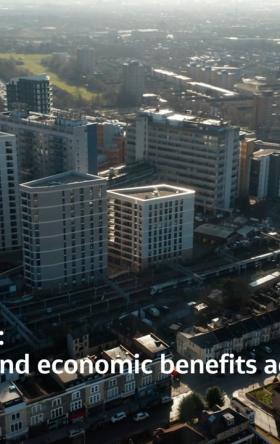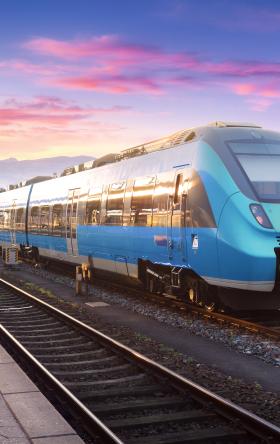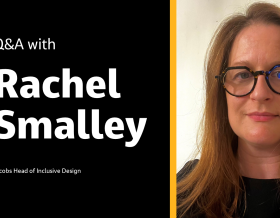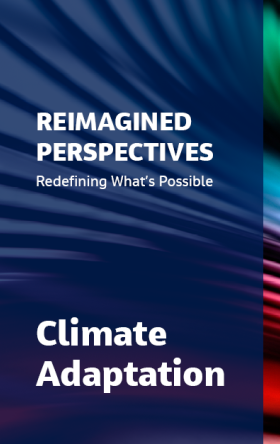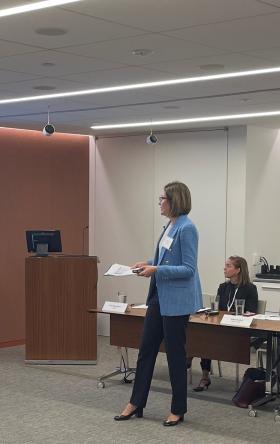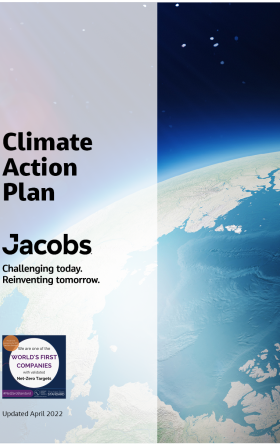Shaping Tomorrow: The Case for Australia's National Settlement Plan
The missing link between migration, settlement and infrastructure investment

Authored by Jacobs' Business Development Director - Public Sector, Phil Davies
Over the last decade, Australia has made significant investments in public transport, education and health infrastructure to serve growing urban populations and deliver much-needed community outcomes. In regional areas, investments in freight capacity, ports and airports, continue to strengthen our connections, regionally and globally.
But outside metro rail projects, too many solutions remain short-sighted, prioritizing today’s needs over long-term resilience and strategic planning. This is especially true for urgent housing shortages and low availability of industrial land for the freight, logistics and supply chain sector.
It’s time to revisit the value of long-term systemic planning and the importance of understanding the “why” before the “what” and the “how”.
The disconnect between population targets and infrastructure planning
Both Commonwealth and state governments shape Australia’s roadmap for growth. The Commonwealth manages migration and skills intake to support business demand and drive economic growth. This formula has proven effective for more than 30 years.
State and territory governments then respond, investing in critical infrastructure. But too often, this occurs without a clear forward view of where people will ultimately settle or how demand for homes, education, healthcare and transport infrastructure and utility services will evolve.
This disconnect makes it difficult to plan for homes, services and infrastructure in a coordinated way, leading to poor integration between land-use, transport and utilities, with health and education planning lagging behind as well.
Parliamentary inquiries and Infrastructure Australia assessments have consistently highlighted the need for longer-term planning, beyond ten years. Longer-term certainty would enable better pipeline prioritization, more efficient supply chains and better workforce planning. But so far, much has been discussed but little has been resolved.
Settlement planning for sustainable growth
There is no question longer-term planning would facilitate greater alignment in funding, investment priorities and delivery between Commonwealth and state governments.
Settlement planning is a long-term spatial approach to growth that guides where and how people live. This approach proactively manages population growth to deliver smarter and more affordable outcomes while maintaining quality of life and world class public services. This approach is already used in Japan and Korea where land constraints have elevated the importance of good long-term spatial planning.
A national settlement plan for Australia would ensure greater focus on optimizing service outcomes from infrastructure, improving integration of land-use and infrastructure planning, and synchronizing delivery across housing, transport and utilities.
Building on strong foundations
A long-term settlement plan is the first step in a sustainable infrastructure investment journey.
The second step is equally important: Clearly defining the problem or opportunity, understanding the value of addressing it and selecting the best solutions. Australia has become a global leader in business case development and appraisal under the national leadership of Infrastructure Australia and its state and territory i-body cousins. But even this remains largely reactive, responding to growth, congestion and services demands rather than anticipating it.
Seizing the opportunity now
The time to act is now. Work on high-speed rail along the east coast offers the perfect opportunity to build a long-term settlement plan for the east coast to guide infrastructure investments for the next 50 years.
Such a plan would enable more effective pipeline staging, better coordination of skills and materials across successive programs and projects, and help retain capabilities onshore. It would give engineers, designers and builders confidence to invest in technology and capabilities for decarbonization, modern methods of construction and standardized contracts and designs.
It would deliver better value for money, stronger sustainability outcomes and position Australia’s infrastructure sector as a world leader.
In conclusion
As investments levels retreat from a historic peak, the sector must build the pipeline of future projects and find smarter ways to deliver long-term value. A national settlement plan offers a clear path forward, aligning growth with infrastructure to ensure affordable housing, resilient services and sustainable outcomes for generations.
About Phil Davies
Business Development Director - Public Sector

With a career spanning the public and private sectors, including as a former CEO of Infrastructure Australia, Phil provides advice across all aspects of city shaping infrastructure policy, strategy, planning, funding and finance, implementation and operations. He is driven by a passion for developing and delivering policy and systems outcomes that create economic transformation, thriving communities and sustain Australians’ quality of life, and is a champion for long term integrated land-use and infrastructure system level planning, as well as the use of data and technology to optimize assets and services.
Find your next read
-
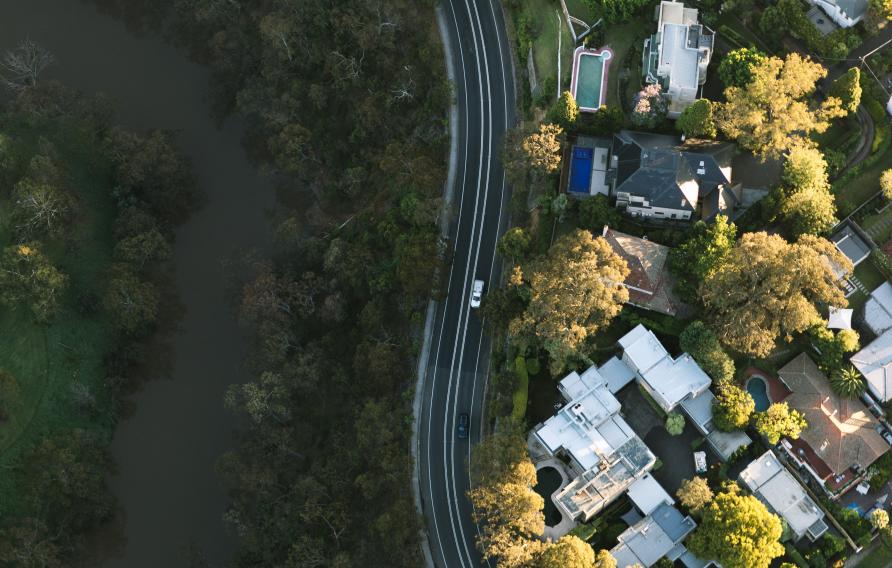 Thought Leadership
Thought LeadershipLifting Infrastructure Productivity in Australia: Why Voices from Inside the System Need to Push for Smarter Policies and Delivery
As the building and infrastructure sector collectively contemplates what it will take to lift productivity, we look at what role the people within the system — sponsors, planners, designers, engineers, consultants and constructors — play in challenging the accepted and advocating for change.
-
 Thought Leadership
Thought LeadershipBeyond the Games: Designing Australia's Infrastructure Legacy
Brisbane 2032 will test Australia’s ability to deliver disciplined, future-ready infrastructure on a global stage. With strong governance, collaboration, and innovation, the Games can redefine how the nation plans, builds, and leaves a lasting legacy of sustainable growth.
-
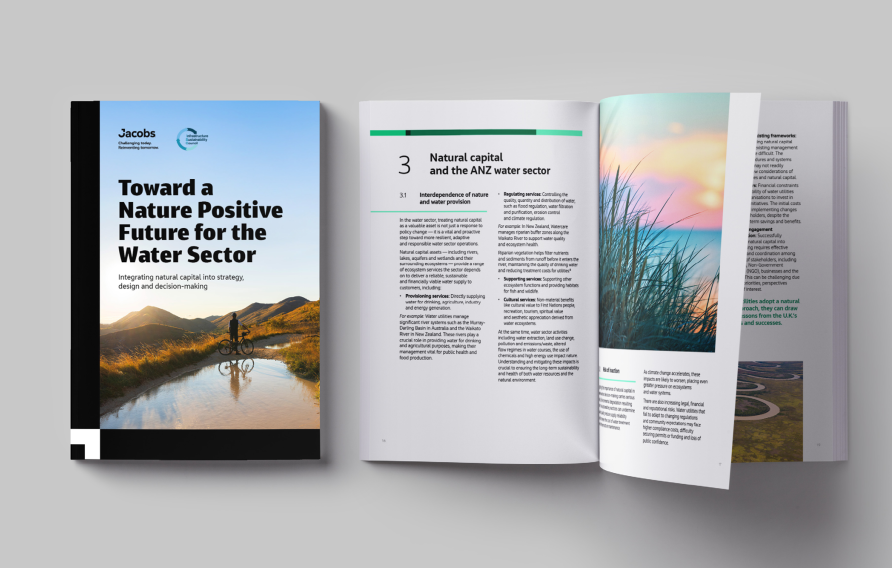 Thought Leadership
Thought LeadershipToward a Nature Positive Future for the Water Sector
This paper explores how a natural capital approach that − framing nature as a core business asset − helps water utilities make informed decisions, manage environmental risks and enhance sustainability. It shares lessons from the U.K.’s policy and practice landscape and offers specific recommendations for water utilities in ANZ.



